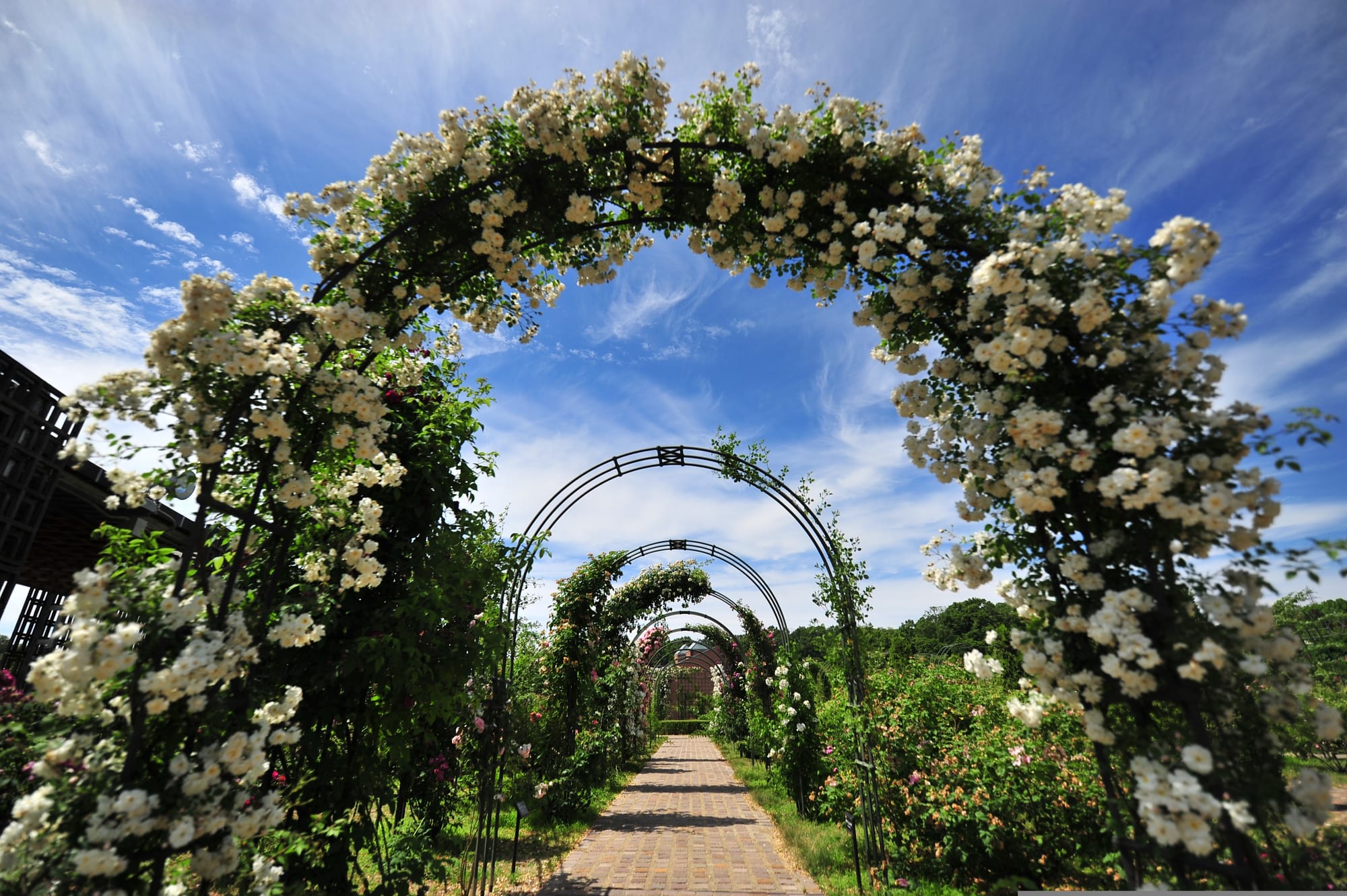
At some point, you might find yourself in the position of having to build a new flower garden. You might have moved to a new location or are even adding a new garden space on an existing property. It can also be jarring when you move to a totally new climate or area and you have to figure out an entirely new set of issues.
I recently relocated to Missouri from New Mexico, and the climates are very different. Previously in NM, I had a large setup of metal garden beds. Purchasing those, assembling them and filling them with a huge amount of garden soil was a large undertaking for a person who is a home gardener. But after I got those situated, gardening was a total breeze. There would be days I'd hang out in the garden looking for things to do. And there wasn't much to be done. When you bring in a lot of great soil and don't have a lot of existing weeds, it's fairly easy to pull out a weed from the roots in loose, rich soil. While occasionally I did have a problem here or there, overall, it allowed me to do some great gardening with minimal effort. But I was limited on the types of plants I could grow in that hotter climate. It also made the gardening easy because the plants were all a couple feet up from ground level in the garden beds. You don't need special tools or to get down on the ground to pull out weeds.
When I moved to Missouri, I was hit with a lot of unexpected issues. I had mentally planned out what I was going to plant well in advance. I had the area tilled by a tractor. And then I was faced with a lot of clay soil with grass that had embedded roots. As a workaround, I bought a lot of bagged soil to amend or replace the native soil wherever I was planting various tubers and bulbs. That was a lot of work, but I wanted to make sure my plants had a good shot at success. When you invest in a lot of plants, you don't want to waste that investment by planting them in soil they will be lucky to survive in.
Almost every flower garden has a couple obstacles. Especially if you have plants that might not be native to your area. Zinnias might work well anywhere, but most plants are not that forgiving.

We often want to start gardening immediately and have great results right out of the gate. But many gardens take time to mature. So you might be dealing with a couple years to get things up to speed. For example, those large, spectacular rose bushes can take a couple years to get established and covered in blooms.
As you garden, it's good to keep in mind plants that are perennials vs. annuals in terms of their location. The perennials will obviously need to be located in a spot they can occupy for several years, if not indefinitely. I tend to put the more permanent flowering plants closer to the house or sidewalk, as opposed to in the middle of everything. If for any reason you ever have to move or are unable to maintain the garden, they will be positioned out of the way. What you want to avoid is having a perennial surrounded by annuals in the middle of the yard, because those annuals will disappear and need to be replanted yearly. If you don't replant them, your perennial will continue showing up whether it's alone or not. In other words, it's better to position a peony bush along a walkway than right in the middle of the yard surrounded by petunias or other annuals. Once the annuals go, you have a peony randomly sitting in the middle of the yard.
It's also good to look at things like the direction your flowers face. If you're planting something like a sunflower, it will follow the sun when first blooming. So planting them along a wall that has the sun behind them may result in the blooms facing away from you. You can still grow these kinds of flowers, you just have to position them in your garden so that they can be enjoyed from wherever you're viewing the garden.
If you're not amending your soil and planting directly into native soil, and discover you're having problems growing things, you can get soil tests to figure out what your soil is lacking or has excess. There is even an app called SoilWeb that will tell you based on your phone location the composition of your soil.
Adding a garden or moving to a new location will almost certainly bring a new set of critters that will see your garden as a large salad buffet. Some of this is general to your area, and some is specific to your own yard. There might be a rodent or pest that lives in your yard that is fully focused on making your life difficult. But it might not mean everyone within a 50 mile radius has that same issue. If you don't have any pests, ever, then you might discover you live on a former nuclear reactor plant.
Much of building a new garden is a potentially never-ending work in progress. It may require replacing plants that didn't work out. You might have great weather one year, and non-stop rain the next. Some flowers will struggle, others might be doing so well they could be considered invasive. A lot of it involves finding a happy medium, what works for your area, then developing it.
